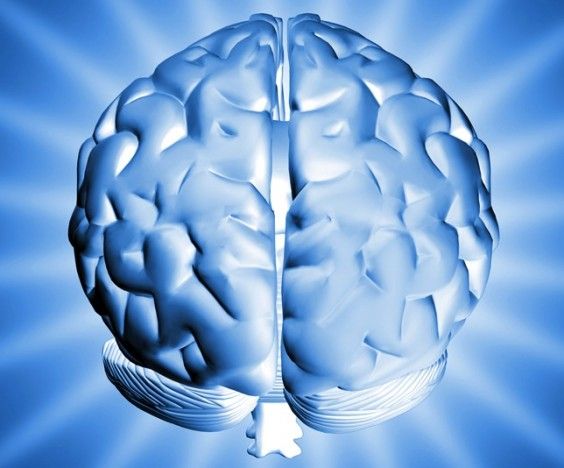Recreating the human mind may sound like an ambitious project, but in March 2013, scientists started a decade-long effort to better understand how the brain works.
Earlier this year, the Obama administration announced plans to fund the “Brain Activity Map,” a project in which scientists will build a comprehensive map of brain activity. In September, a National Institutes of Health advisory group decided that the project should focus on systems and circuits of brain cells.
What’s the Deal?
In their project proposal, scientists say the Brain Activity Map will increase our knowledge of neuroscience the same way the Human Genome Project (HGP) revolutionized our understanding of genetics. HGP researchers finished identifying all the genes in human DNA in 2003, and their findings have since helped scientists better understand almost all aspects of human biology.
The goal of the Brain Activity Map is to learn more about how the brain’s neurons communicate with each other. The map could even help shed light on mental illnesses like autism and schizophrenia. The main goal is to find a way to represent all the brain’s neurons within a single circuit; one potential strategy is to use tiny sensors that pick up the activity in brain cells and store that activity in synthetic DNA, which scientists recently discovered can archive digital information. But it’s going to be a long haul: Scientists predict the first 15 years of the project will focus largely on neural activity in fruit flies and zebra fish, and only then will they move on to mapping the human brain.
Organizations behind the project include the Office of Science and Technology Policy, The National Institutes of Health, the Defense Advanced Research Projects Agency, the National Science Foundation, as well as several private foundations. If the project makes it into next month’s budget proposal, the president will allot a total of at least $3 billion over the next 10 years.
Why It Matters
The Brain Activity Map announcement came shortly after the European Union began funding the Human Brain Project, which aims to build a detailed brain replica out of silicon. Though the American initiative is distinct from the European effort, it’s clear governments are willing to shell out big bucks for brain research.
Still, not everyone’s on board with the initiative. Some critics say we don’t yet know enough about the brain to create a model; others say this project will be much more difficult than the Human Genome Project because the goal of tracking brain-wide activity patterns is much more vague. That’s partially why the NIH advisory group decided to concentrate specifically on the brain’s systems and circuits, as opposed to how these groups of cells create complex thoughts.
It’s also worth noting that scientists aren’t going to start slicing up human skulls next month: It’ll be at least a decade before project scientists even get to working on primate brains.
Do you think scientists are ready to create a complete map of the human brain? Sound off in the comments below or tweet the author directly at @ShanaDLebowitz.

